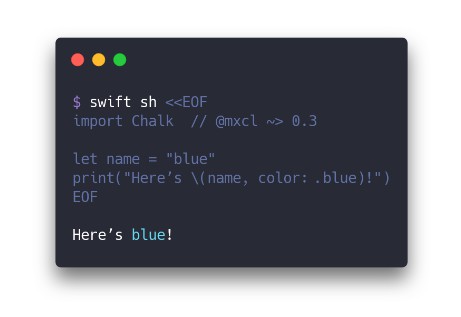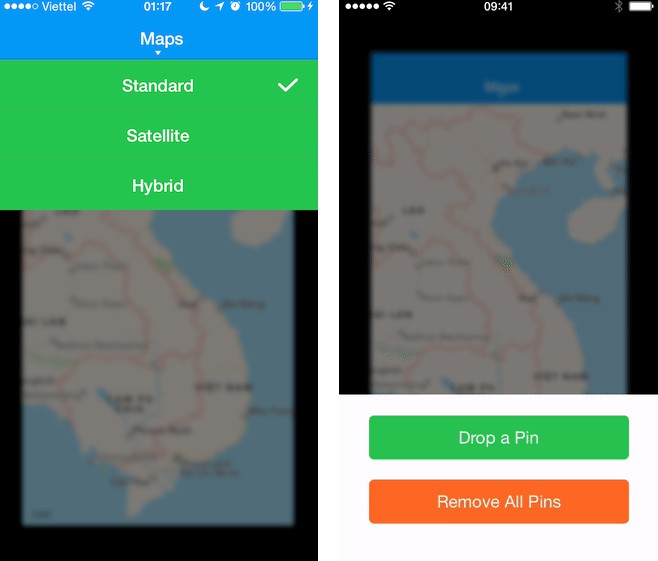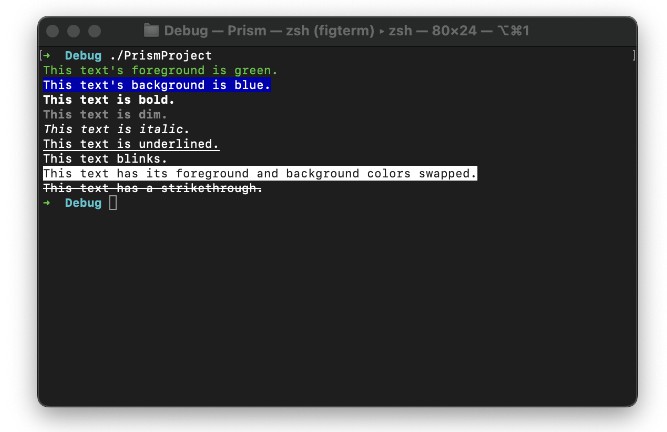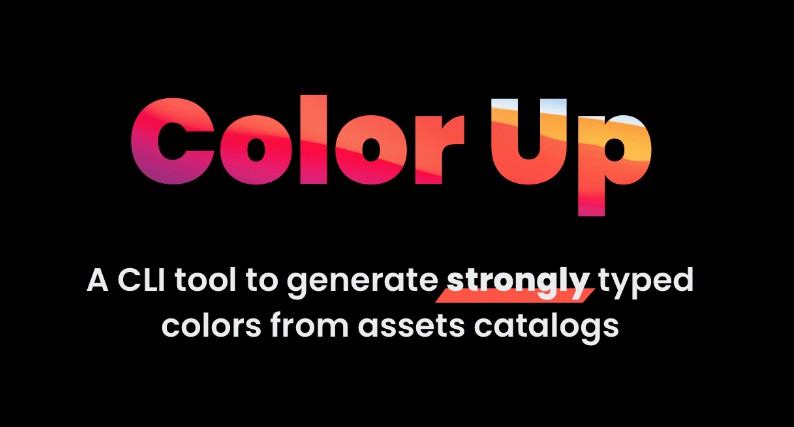Chalk
Terminal colors using Swift 5’s string interpolation extensions.
import Chalk // @mxcl ~> 0.3
let colorString = "blue"
print("Here’s \(colorString, color: .blue)!")
Styles, Backgrounds, Extended Colors etc.
// color, background & style can be specified all together or individually:
print("Foo \(string, color: .blue) bar")
print("Foo \(string, color: .blue, background: .yellow) bar")
print("Foo \(string, color: .blue, background: .yellow, style: .underline) bar")
// styles are an `OptionSet`:
print("Foo \(string, style: .underline) bar")
print("Foo \(string, style: [.underline, .bold]) bar")
// 256 color mode is supported:
print("Foo \(string, color: .extended(78) bar")
Name
Chalk by @sindresorhus is an extremely famous Node package for the same
purpose. Open source is facilitated by naming connections, we picked the same
name to enable those mental connections.
This package is called Chalk, or mxcl/Chalk or Chalk for Swift when
disambiguating.
Support mxcl
Hey there, I’m Max Howell, a prolific producer of open source and probably you
already use some of it (I created [brew]). I work full-time on open source and
it’s hard; currently I earn less than minimum wage. Please help me continue my
work, I appreciate it ??
Demo
If you have swift-sh:
$ swift sh <<EOF
import Foundation
import Chalk // @mxcl ~> 0.3
for x in 0..<256 {
let cell = " \(x)".padding(toLength: 5, withPad: " ", startingAt: 0)
let terminator = (x + 3).isMultiple(of: 6) ? "\n" : ""
print("\(cell, color: .extended(15), background: .extended(UInt8(x)))", terminator: terminator)
}
EOF
Will give you:

Installation
SwiftPM:
package.append(.package(url: "https://github.com/mxcl/Chalk.git", from: "0.1.0"))
Carthage:
Waiting on: @Carthage#1945.




